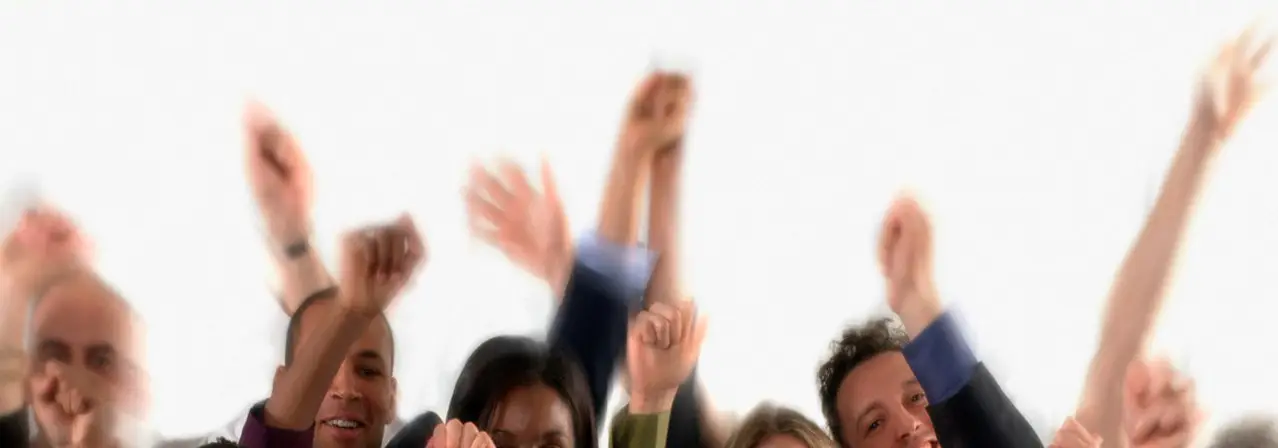“It’s an embarrassment of riches” is how National Museum of African American History and Culture’s Director of Education Esther Washington described their volunteer pool. As the museum readies for its September 24 opening, Washington is busily preparing their 300-vounteer workforce. There are many amazing elements of this story which offer insight for associations.
First is the commitment of the museum to engaging volunteers in the work they do. Sure, that’s a given for museums you might say. But witness Washington’s passion when in describing the grueling training volunteers undergo she says “I tell them I have never lost a volunteer. I’ve never left anybody behind. You’re going to be okay.” The message to volunteers is strong: we invest in you. The message to association: do we invest in our volunteers?
Second is the attention to training. Visitor Information Advocates complete training comprised
of online assignments and quizzes with in-person lectures and role-playing exercises – all that cover details down to when to offer empathy and tissues. Docents attend the 9-month Docent University. Under the guide of a history profession hired by the museum, they get a deep dive into African-American history. Docents also need to pass the observation portion in which they give trial tours. The message to volunteers is clear: we want you to be successful as it makes us successful. The message to association: do we have the same commitment?
Third is the reminder of two critical elements in volunteer program success: the presence of the culture of volunteering and the ability of the program to inspire passion. Washington D.C. is known for its volunteer tradition ranking eight in country for volunteers based on the 2014 Corporation for National and Community Service
– a great deal of that volunteering aligns with our many museums, art galleries and parks.
And yet the volunteer sign-up for the museum was unprecedented according to Washington. They actually had some 1000 applicants without a “call for volunteers.” Many volunteers, in articles such as the Washington Post, talked about the museum as a game-changing institute and wanting to be part of something with impact.
The message to associations: if we nurture the culture, our message about volunteering lands on welcome ears especially so if we tie our volunteering to actions which have an impact.
Fourth, motivations vary from one person to another. The Washington Post reporter Peggy McGlone interviewed several volunteers. One is driven by the need to reverse the mis-education about African American history. Another is focused on being part of new museum as she studies for a masters in museum administration. A third said its being involved in an “intellectually enriching and fun” activity. Message to associations: know the triggers, know your volunteers.
Our volunteers are just as important to us as these 300 are the Smithsonian Institute’s newest museum, we just don’t show it, do we?
